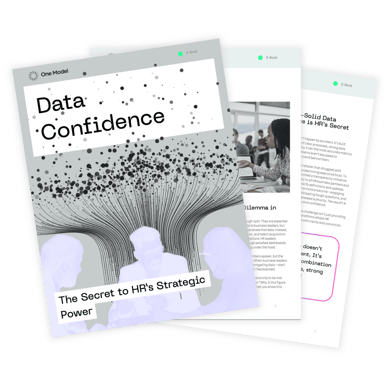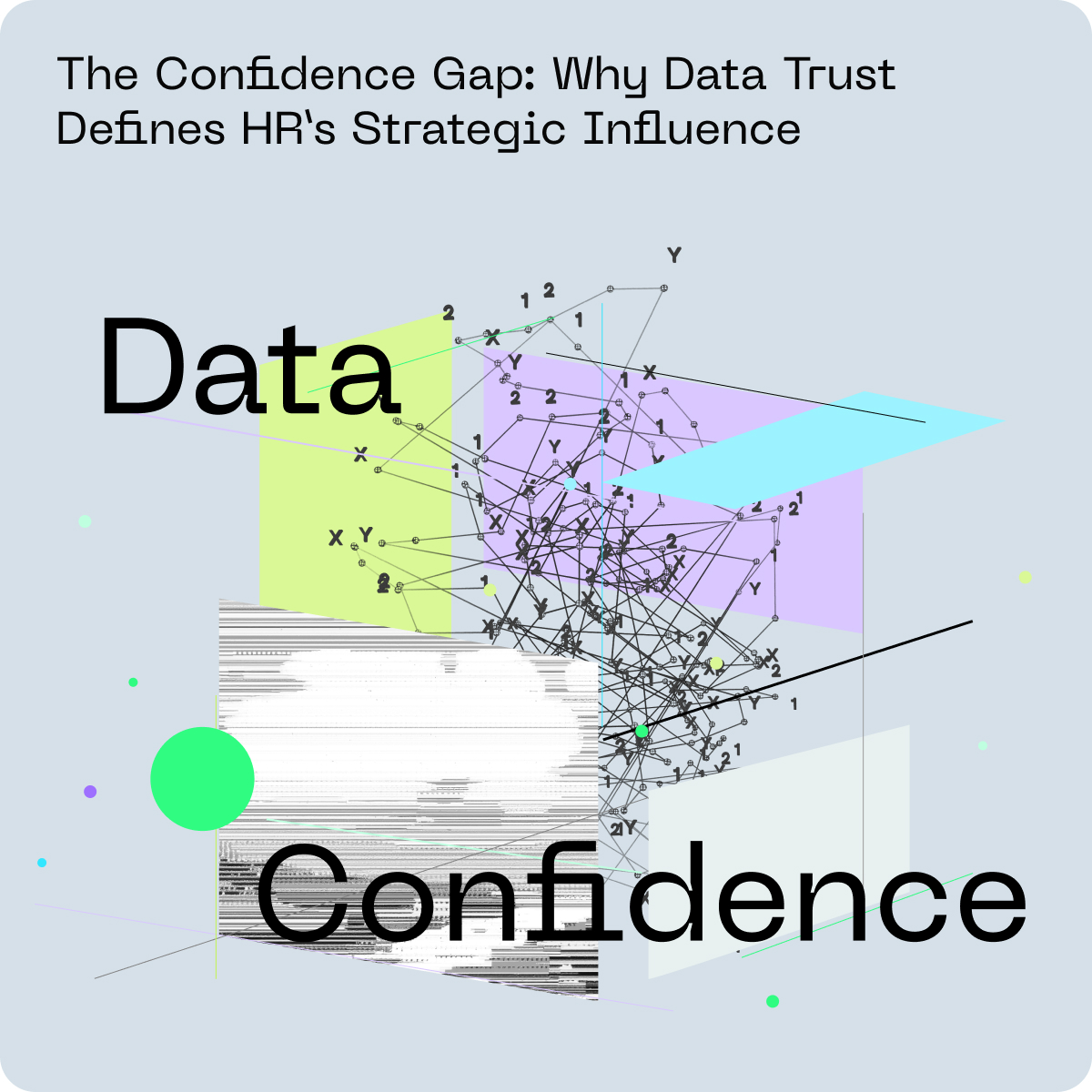HR has unprecedented access to workforce insights. With the right tools, people teams can influence major decisions, anticipate risks, and help steer their organizations with precision.
But how is it going? Despite having more metrics than ever, most leaders don’t fully understand where the data comes from, how it’s processed, or how to explain it convincingly when challenged. This uncertainty limits HR’s ability to lead with authority, leaves them vulnerable in high-stakes discussions, and keeps them from realizing the full strategic value of their analytics.
The Black Box Dilemma in HR Data
HR teams are often caught in a tough spot. They are expected to present complex workforce data to business leaders, but they rarely own the systems that generate that data. Instead, teams like HRIT, HRIS, compensation, and talent acquisition manage the raw data and its architecture. HR leaders typically interact with metrics through polished dashboards or summary reports—without seeing under the hood.
This creates a "black box" effect: numbers appear, but the process behind them remains murky. When business leaders—many of whom are comfortable interrogating data—start asking questions, HR professionals can feel exposed.
If you’ve ever presented a headcount trend only to be met with: "How exactly is this calculated?" or "Why is this figure different from last quarter’s report?" …then you know this uncertainty.
Without direct visibility into the data pipeline, HR struggles to provide clear answers, leading to friction, credibility loss, and cautiousness in future reporting.
Do you trust your HR analytics?
Hear what Hayley Bresina, one of our People Analytics and AI experts, says is the real danger of low data confidence when making strategic decisions.
The Confidence Effect
Being able to stand behind your numbers is powerful — but that’s just the beginning. Data confidence is the backbone of HR’s credibility and the key to driving real strategy. Without it, HR’s influence shrinks. Decision-makers hesitate, strategic initiatives stall, and HR is reduced to a support function rather than a strategic driver.
Jaime Dyer, a former leader at Gap and current VP of Customer Success at One Model, described how differing definitions and lack of a “single source of truth” created inconsistent reporting that eroded confidence across her organization. Business units hesitated to act on HR data, and leadership grew wary of pushing forward big initiatives without airtight proof points.
What Happens When HR Owns the Numbers
On the flip side, when HR has true confidence—rooted in knowledge of data sources, definitions, and processing—they can:
- Speak with authority on trends and insights
- Build trust with business leaders
- Challenge assumptions with evidence-based recommendations
- Ensure decisions are backed by reliable, accurate data
- Mitigate compliance risks and safeguard against costly errors
Knowing why data confidence matters is only part of the puzzle.

Download our new Ebook or explore more blogposts to learn how HR leaders actually gain data trust—and sustain it—in the real world.
Want to see what trustworthy data looks like? Connect with us.

